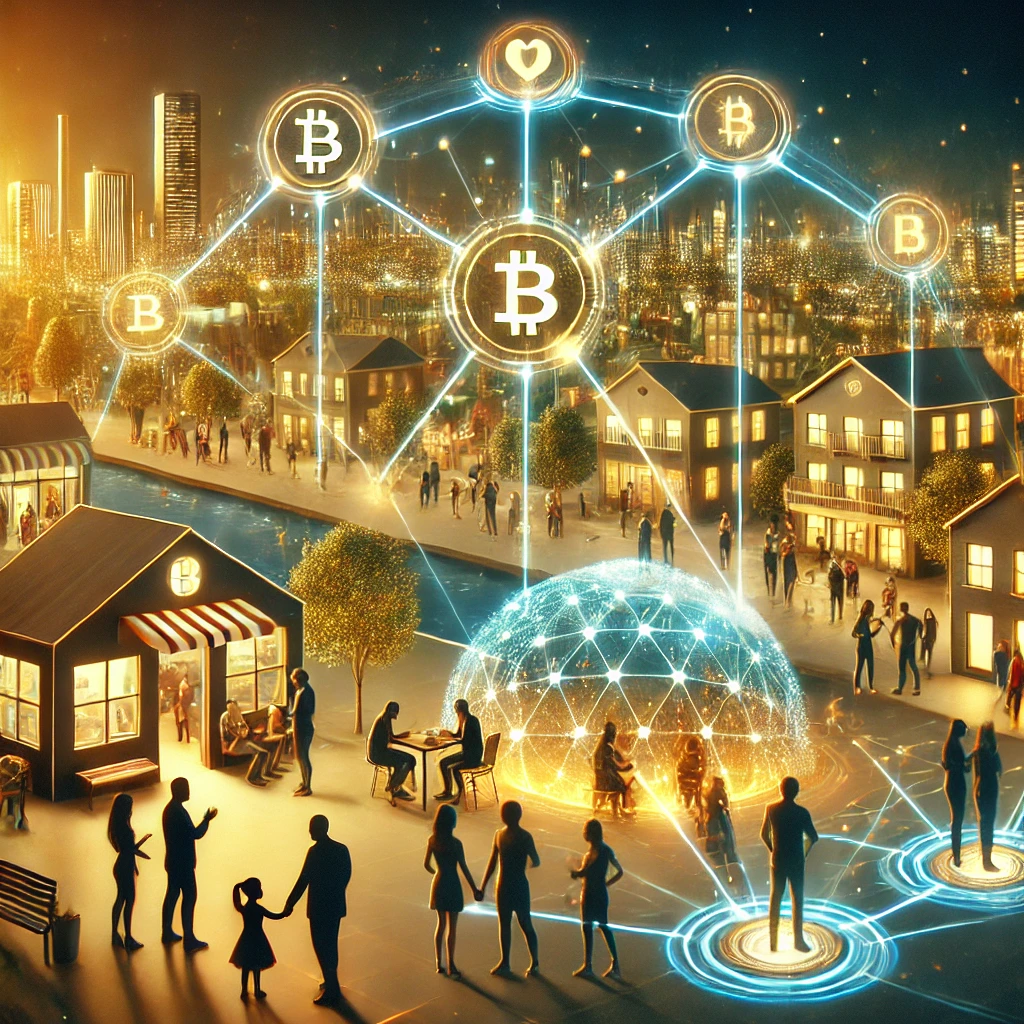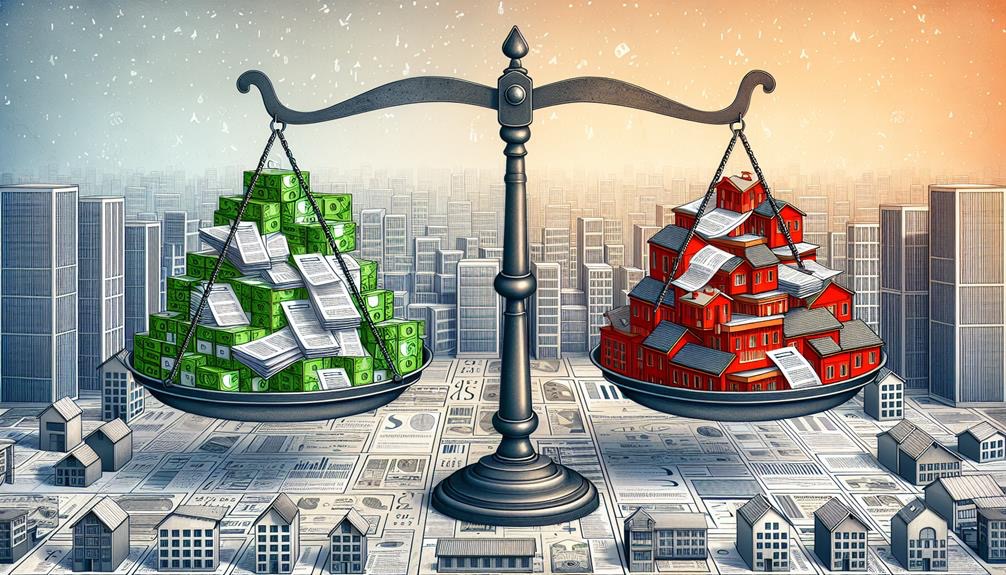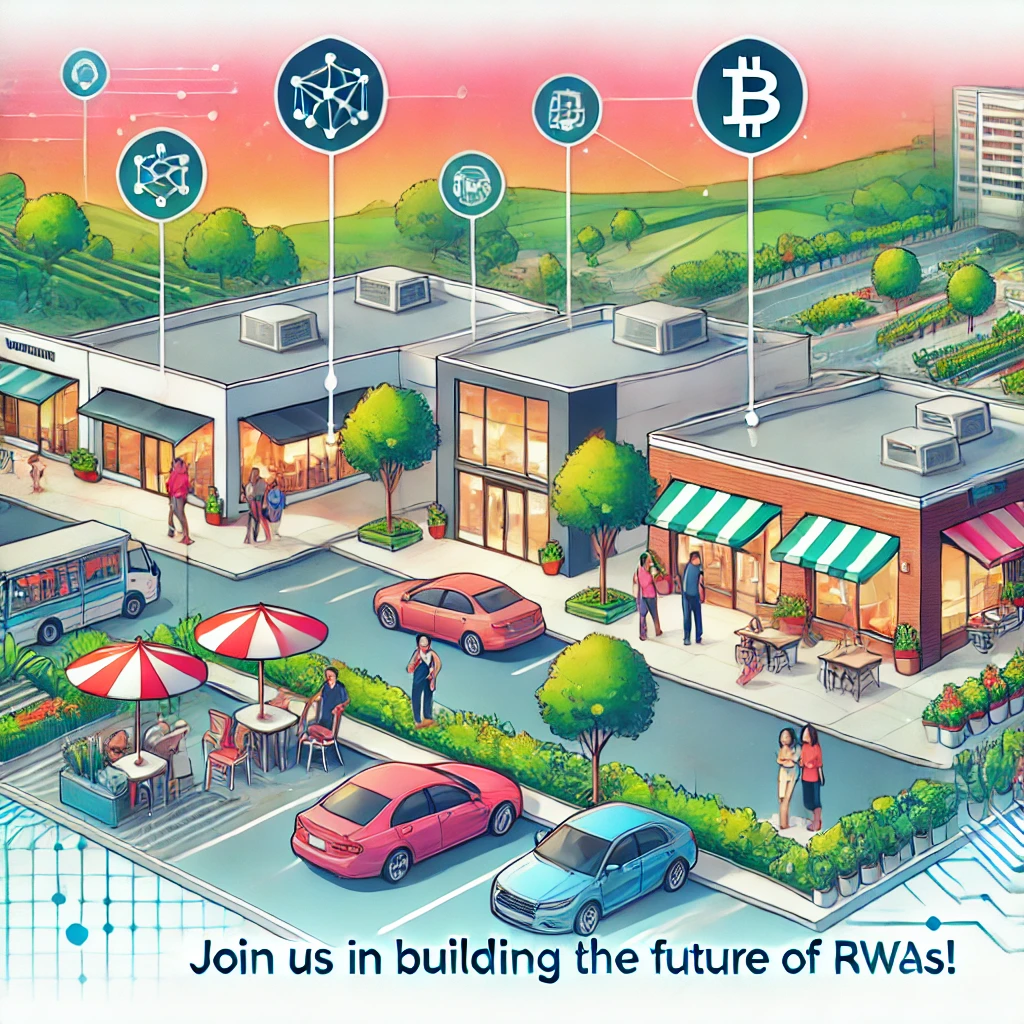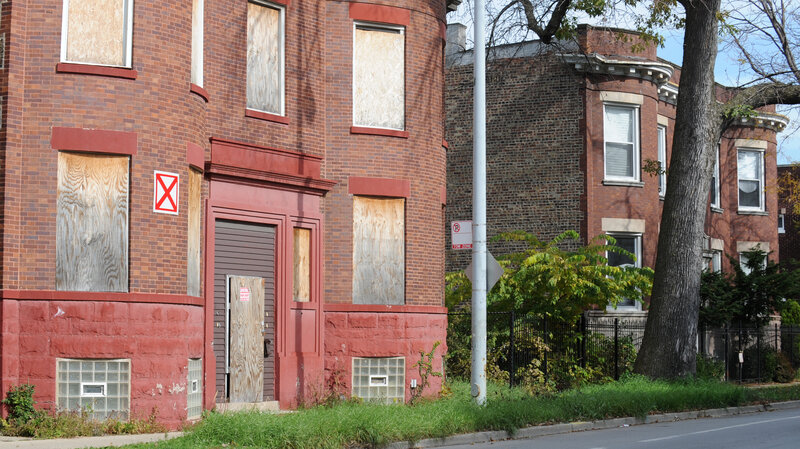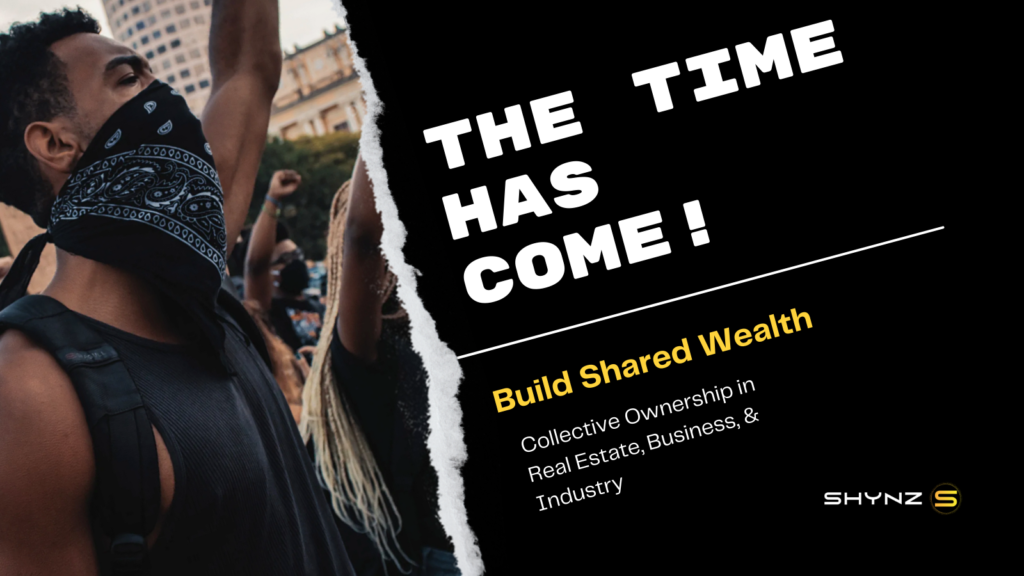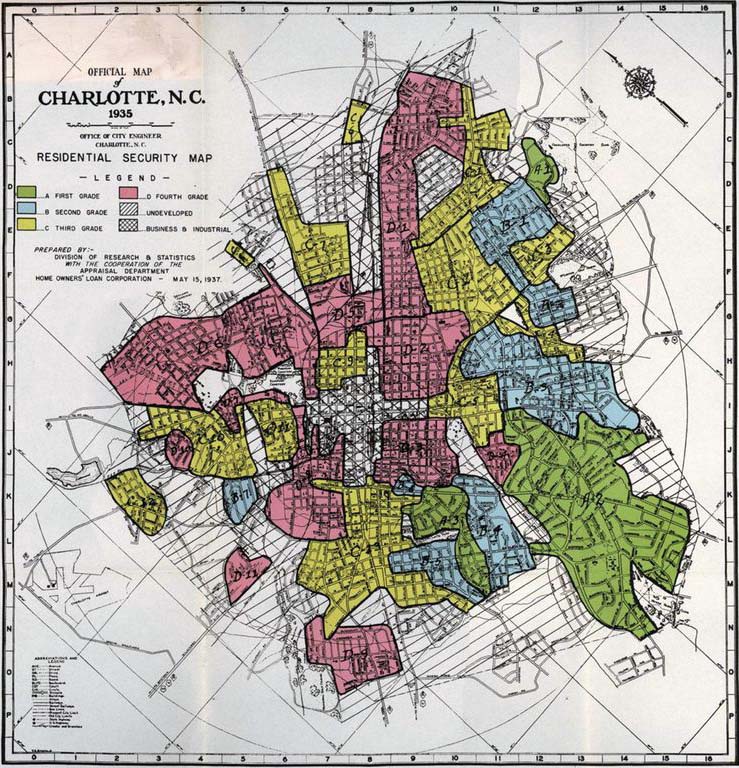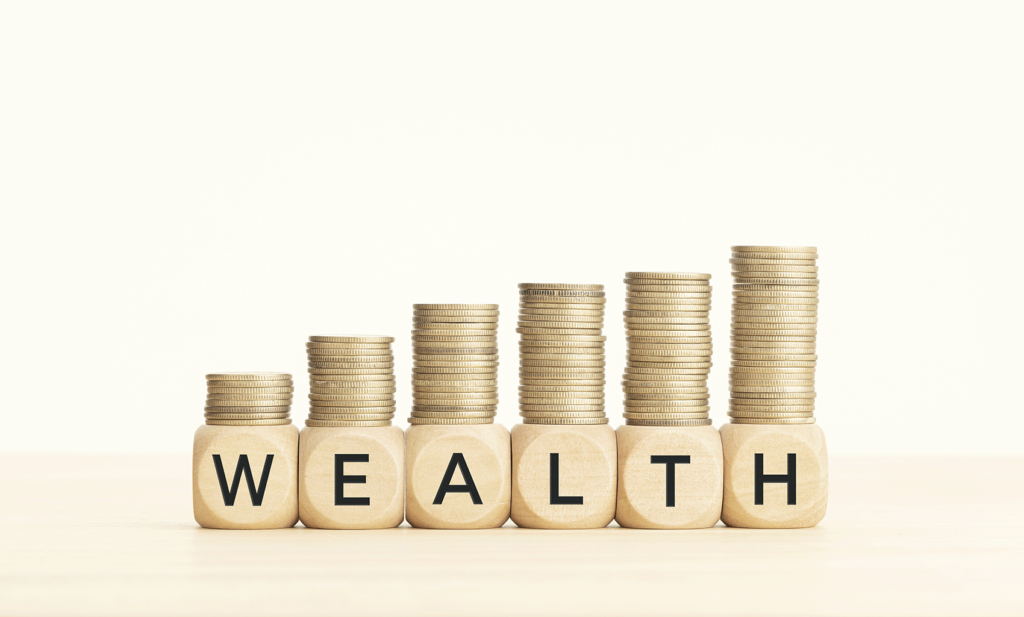The Broken Promise of Higher Education

For generations, the pursuit of higher education has been sold as the gateway to a better life. Glossy college brochures, polished websites, and emotional ad campaigns have promised transformation: a degree that leads to financial stability, personal growth, and social mobility. But for millions of student loan borrowers, that promise has proven hollow.
Today, over 43 million Americans carry student loan debt, many of them trapped in a financial bind despite doing everything they were told would lead to success. While some have found fulfilling careers through their education, countless others have emerged from college burdened with debt and little to show for it in terms of employment or income. Why? Because the system is rigged against them.
Annie Lowrey
Student loans are delaying retirements. They’re suppressing the housing market. They’re suffocating new business formation. They’re even leading you to make different life choices.

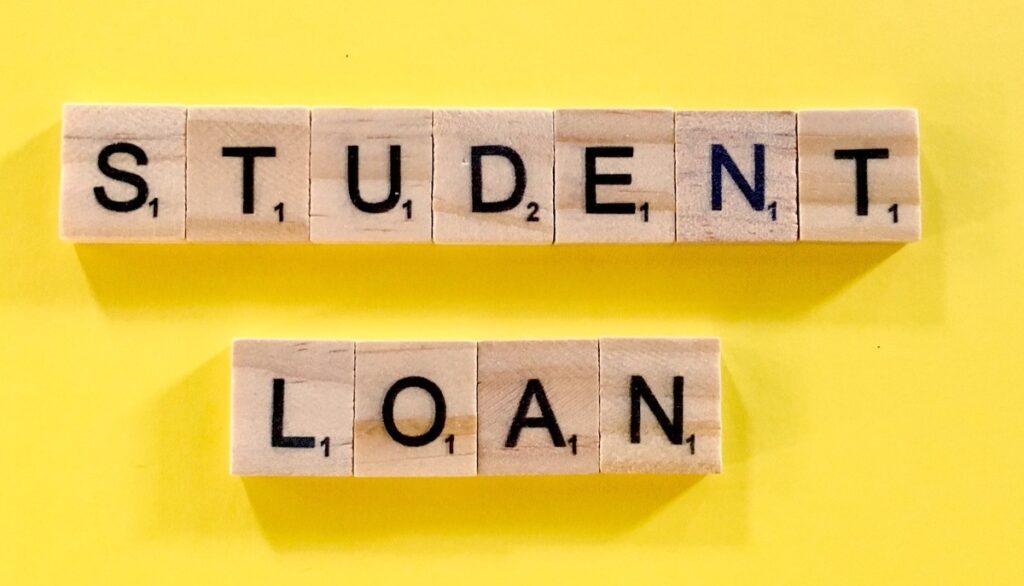
How Student Borrowers Were Set Up to Fail
Many higher learning institutions; particularly for-profit colleges, have engaged in predatory practices, aggressively recruiting students with misleading claims about job placement rates and average salaries. These institutions have capitalized on the hopes of vulnerable populations such as low-income, first-generation, and minority students, who believed a degree was their ticket out of poverty. In far too many cases, what they received instead was a low-quality education and a mountain of debt.
The data supports this grim reality. According to a 2023 Federal Reserve report, over 40% of recent graduates are working in jobs that don’t require a college degree. Degree programs that are misaligned with labor market needs leave graduates underemployed, while tuition costs continue to skyrocket. Fields like fine arts, communications, and general studies charge the same rates as STEM programs, but often lack direct job pipelines or competitive salaries.
Even more troubling is how student loan debt differs from traditional financing. Most borrowers take on loans without understanding the terms or consequences and unlike most consumer debt, student loans are nearly impossible to discharge in bankruptcy. There is little consumer protection, minimal accountability for institutions, and no guarantee that education will yield economic return. Students are expected to shoulder all the risk, while colleges continue collecting tuition and federal aid dollars regardless of student outcomes.
This disconnect has created a generation saddled with financial insecurity. Many graduates delay milestones like home ownership, starting families, or saving for retirement. For borrowers of color, the stakes are even higher. Systemic inequality means they borrow more, default more often, and face greater difficulty building wealth.
The student loan crisis is not merely a consequence of personal choice or poor financial planning. It is a structural failure; a result of unchecked marketing, inadequate regulation, and a national narrative that promised mobility through education without ensuring that institutions could deliver on that promise.
It’s time we hold higher education accountable. That means greater oversight, tying federal funding to student outcomes, enforcing truth-in-advertising standards for colleges, and expanding options for loan forgiveness. We must also reimagine what postsecondary education looks like in America; with pathways that prioritize skills, affordability, and actual career readiness.
Education should empower, not impoverish. Until we reform the system, millions of borrowers will continue to pay the price for promises never kept.
The Grio’s Natasha S. Alford spoke with student loan borrower Rokeya Worthy, who says she couldn’t believe how her student loan payments unexpectedly skyrocketed. This is an issue that many student loan borrowers now face.
Video Credit: theGrio


 English
English 
